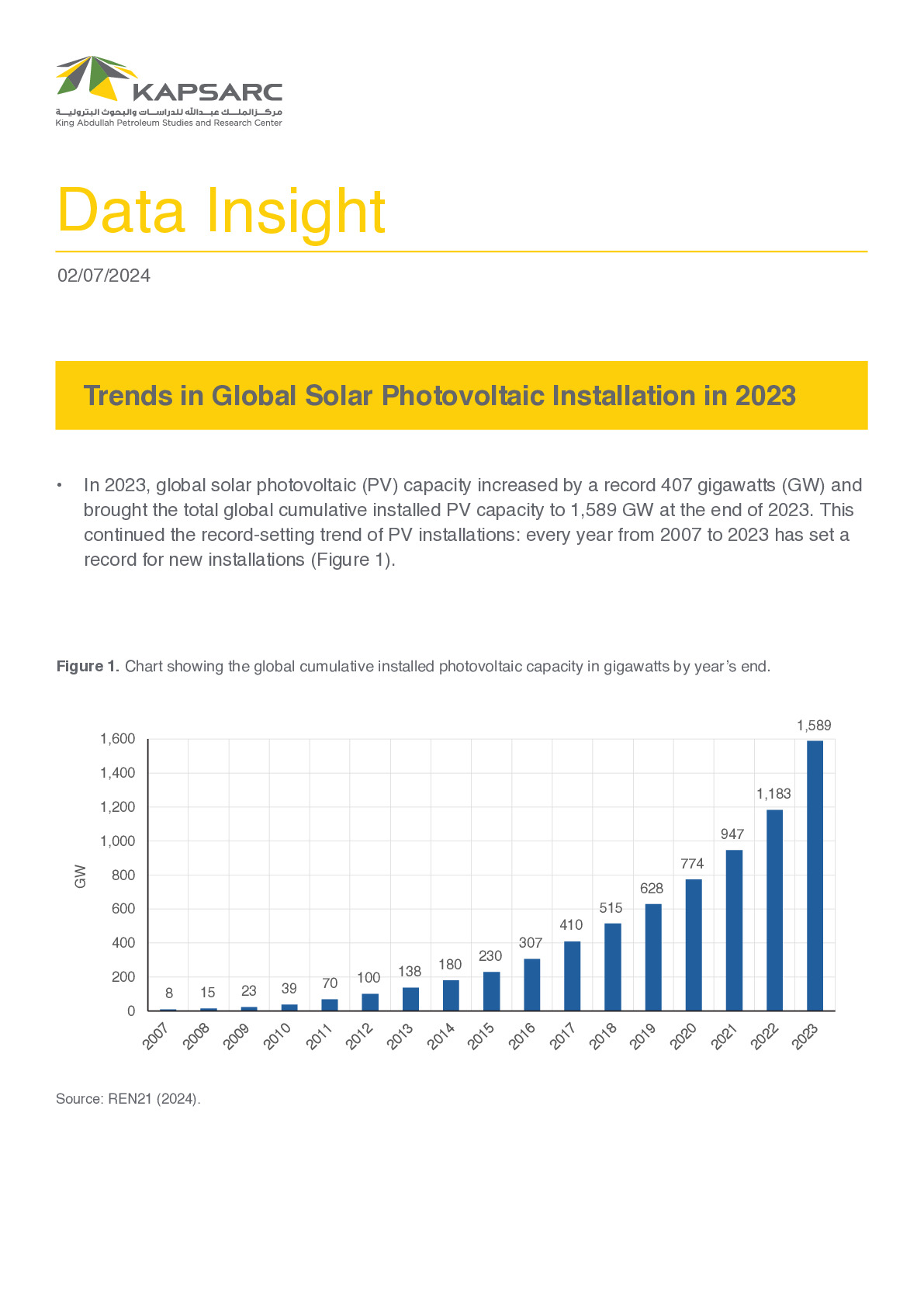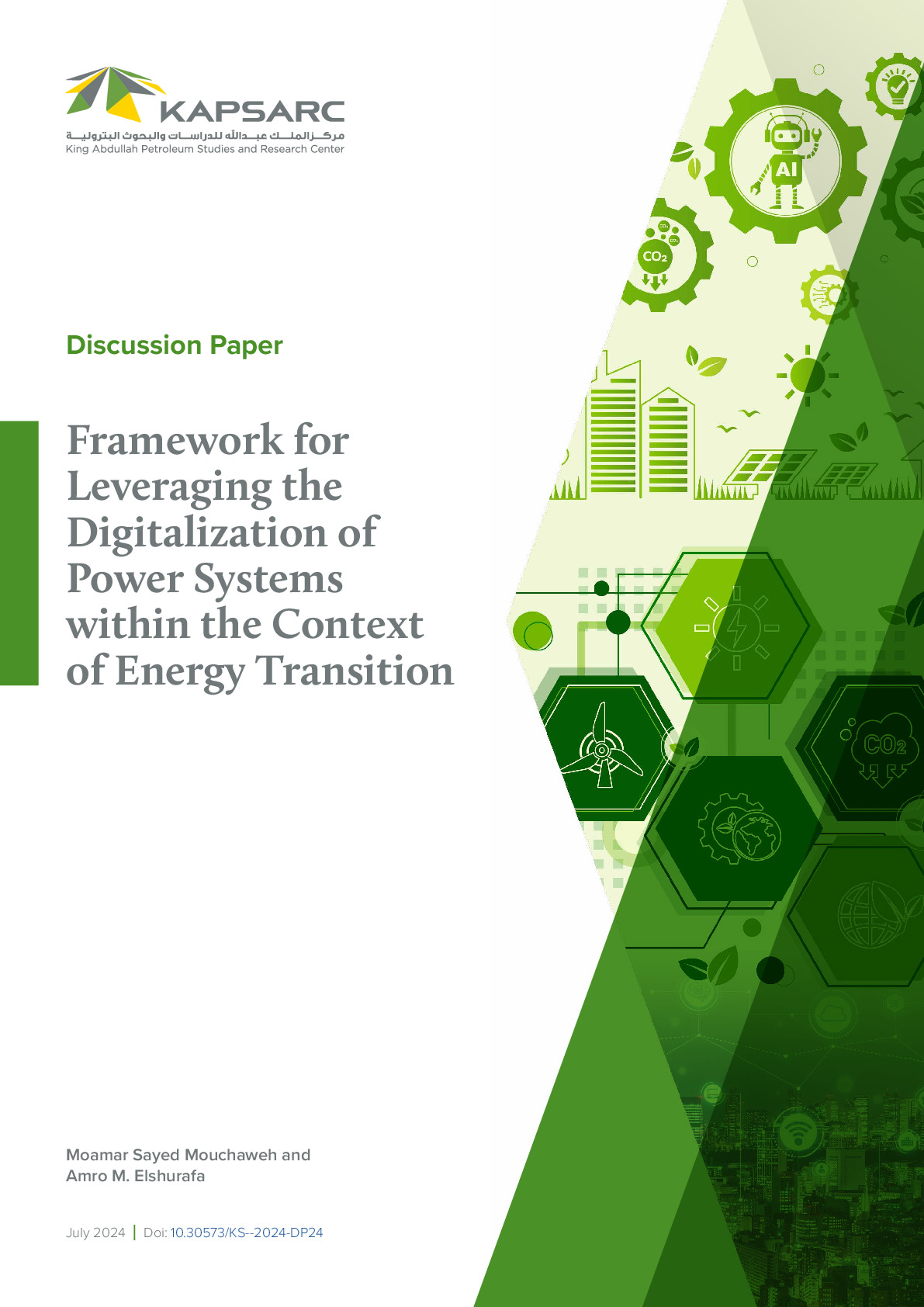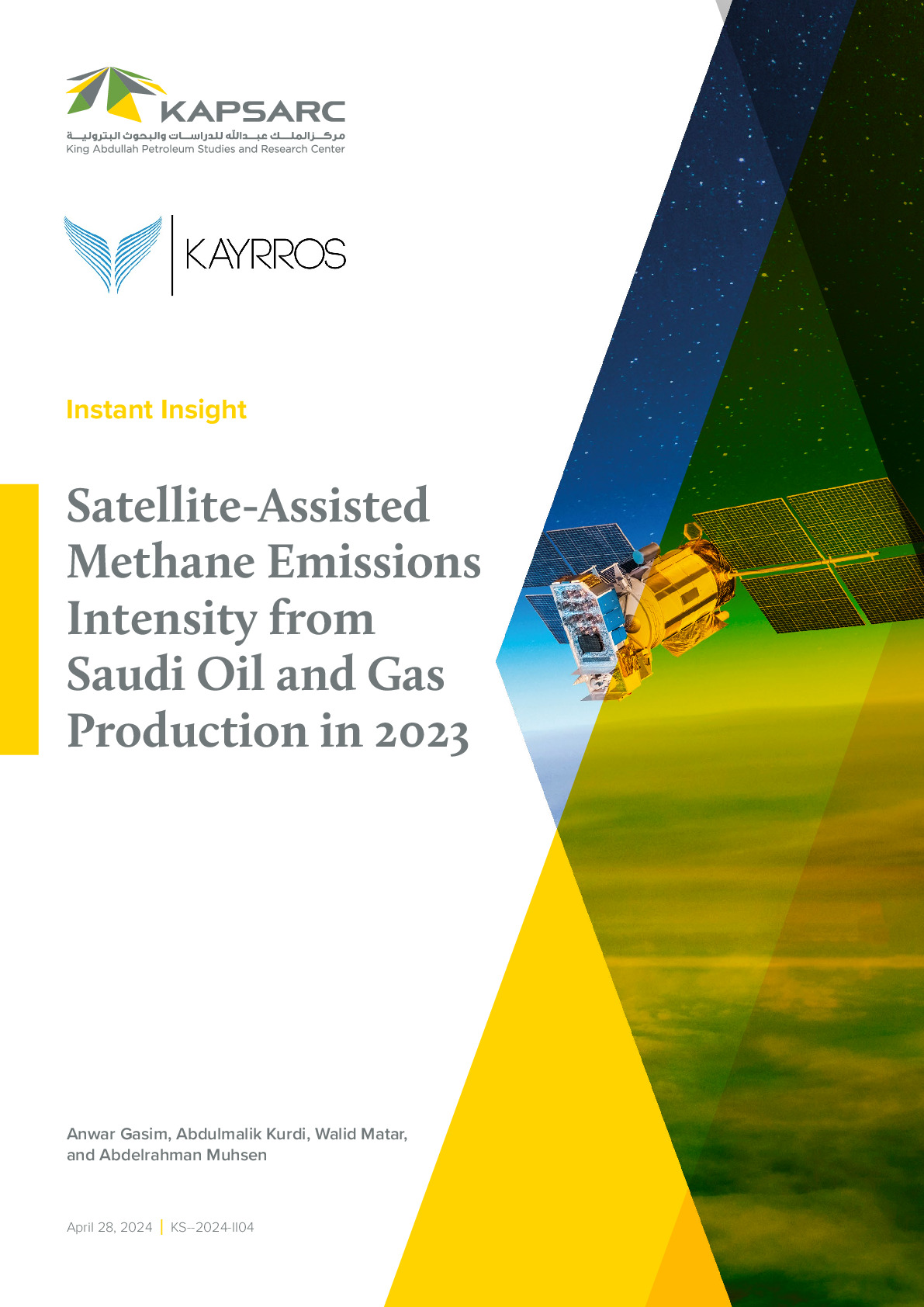Intermittent generation from wind or photovoltaics (PV) imposes a cost on the power systems in which they are deployed. These costs vary regionally due to different fuel costs and ramping flexibility of existing grid capacities. With 2015 as a reference year, we examine the costs of PV intermittency and costs of integration to power utilities in Saudi Arabia, using a least-cost approach for the power utilities. The operational facets of PV integration to grid operators will be more pronounced with higher PV penetration, so, to focus on system operation, we exclude the capital costs. The excess of the price paid to new PV generators over the current average consumer tariff would also have to be covered by the utility, and will depend on the details of the power purchase contracts.

Executive Director
Dr. Elshurafa is the Executive Director of the Utilities and Renewables Department and possesses 20+ years of experience garnered on…
Dr. Elshurafa is the Executive Director of the Utilities and Renewables Department and possesses 20+ years of experience garnered on three continents. His research interests lie in renewable energy policy, electricity market design and regulation, and power systems modeling. He has led and executed several national modeling initiatives at distributed and utility scales. Some aspects of his research have been adopted by BP in their seminal annual Statistical Review. He is listed among the top 2% scientists globally as per Stanford, and he is a board member of the Saudi Water and Electricity Regulatory Authority. Credited with 50+ papers and patents, he holds a Ph.D. in Engineering and an MBA in Finance.
Expertise
- Renewable Energy Policy
- Electricity Market Design and Regulation
- Power Sector Modeling
Publications See all Amro Elshurafa’s publications

Trends in Global Solar Photovoltaic Installation in 2023
Intermittent generation from wind or photovoltaics (PV) imposes a cost on the power systems in…
16th July 2024
Framework for Leveraging the Digitalization of Power Systems within the Context of Energy Transition
Intermittent generation from wind or photovoltaics (PV) imposes a cost on the power systems in…
7th July 2024


